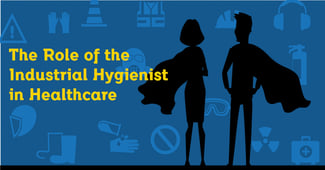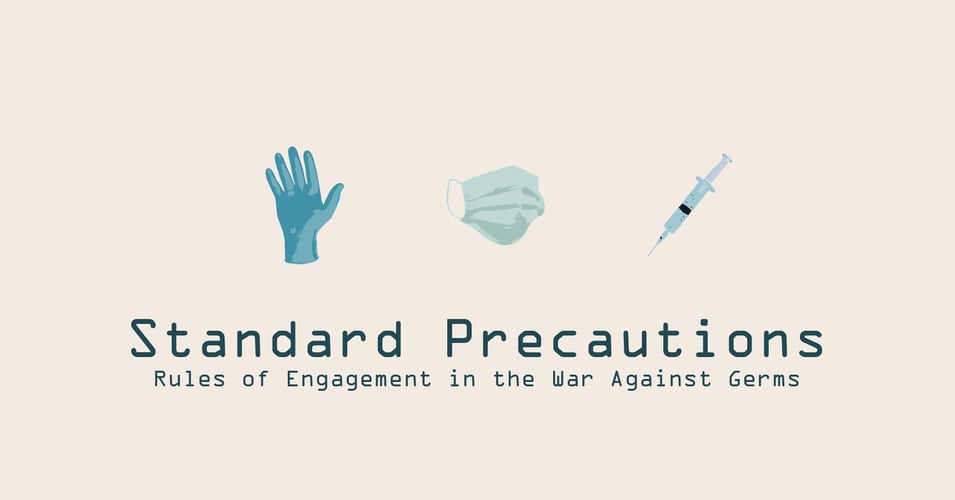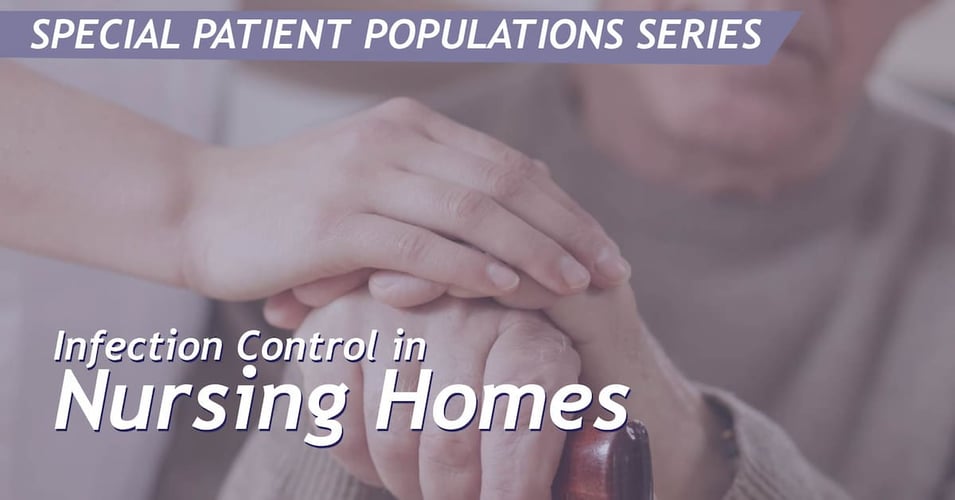7 Ways ASHE's new ICRA 2.0 Takes Out the Guesswork

 Projects to improve the patient's environment are critical to optimizing patient outcomes. Getting rid of moisture-trapping materials, opening rooms up to natural light, and installation of biocidal materials to kill bacteria are all important construction projects for today's medical facility. Construction, however, comes with its own risks which must be anticipated. The American Society for Health Care Engineering (ASHE) released an updated Infection Control Risk Assessment (ICRA 2.0) tool, the result of several years of expert collaboration. The tool is a 4-step process to guide healthcare facilities on how to mitigate infection risk during maintenance or construction projects. In today's post, we will highlight 7 improvements to the new tool, and implications for the infection preventionists tasked with supervising their implementation.
Projects to improve the patient's environment are critical to optimizing patient outcomes. Getting rid of moisture-trapping materials, opening rooms up to natural light, and installation of biocidal materials to kill bacteria are all important construction projects for today's medical facility. Construction, however, comes with its own risks which must be anticipated. The American Society for Health Care Engineering (ASHE) released an updated Infection Control Risk Assessment (ICRA 2.0) tool, the result of several years of expert collaboration. The tool is a 4-step process to guide healthcare facilities on how to mitigate infection risk during maintenance or construction projects. In today's post, we will highlight 7 improvements to the new tool, and implications for the infection preventionists tasked with supervising their implementation.
Any hospital or medical facility preparing for a maintenance or construction project must consider infection risks, since construction introduces new people, pathogens, and toxins into the patient environment. Without proper precautions, these risks can lead to transmission of disease-causing pathogens to vulnerable patients. The ICRA sets out to mitigate these risks by having facilities determine the activity type and how it intersects with the risks groups in the building. The resulting class of precautions is an itemized list of required steps needed to protect the health of the staff, patients, and even the construction workers. It looks like this, in simplified form:
![]()
There are 7 improvements in ICRA 2.0 that we think are of particular note.
-
Expanded descriptions in all categories means greater clarity. The tool breaks down the definitions of construction projects, risk groups, and precautions more fully. This allows the facility to better identify what precautions are required for their project.
-
Expanded categorization of physical hospital areas and their associated risk. A more itemized list now includes spaces such as mechanical rooms, waiting areas, imaging suites, and sterile processing units, eliminating the need to categorize rooms individually.
-
A new class of precautions means less overlap between classes. A fifth class of precautions allows Class III, IV, and now V, to have more precise recommendations, allowing for a smoother transition from Medium to Highest Risk.
-
Renovation or construction projects are now restricted to Classes III-V. This change enables a distinction between standard practice procedures (Classes I and II) and more intensive projects. These first two classes, with the most minimal of precautions, are now clearly different from more invasive projects.
-
A new set of mitigation activities now describes steps for after the completion of the project. This allows the facility to step down precautions on a scheduled plan, rather than maintain the same elevated precautions until the very end of the project, even when no longer necessary.
-
A new 4th step now guides teams in assessing the surrounding areas for risk. These risks include noise, vibration, and dust control to areas not being directly worked in, but which might be impacted.
-
An implementation guide is now provided. Because lapses in ICRA implementation have more to do with lack of understanding than negligence, a training and implementation guide was created to support construction project teams. The guide and an eLearning course will be released soon.
Infection preventionists are important experts who help hospitals decide which construction improvements can lead to better patient outcomes, including consulting on room layouts, the placement of biocidal materials, and the need for accessible hand hygiene and PPE stations. The implications of this new ICRA for infection preventionists provides not only more clarification for better decision-making on their part, but also a clear guide to help educate others about infection risk mitigation. The IP is often responsible for helping non-medical staff understand the need for infection prevention, from what goes into the room to how it gets put in the room. With ICRA 2.0, they will be armed with a very specific tool to help guide this educational component. Greater detail and clarification means less guesswork for everyone, and more safety for the patient.
Learn more:
![EOScu Logo - Dark - Outlined [07182023]-01](https://blog.eoscu.com/hubfs/Eoscu_June2024/Images/EOScu%20Logo%20-%20Dark%20-%20Outlined%20%5B07182023%5D-01.svg)






